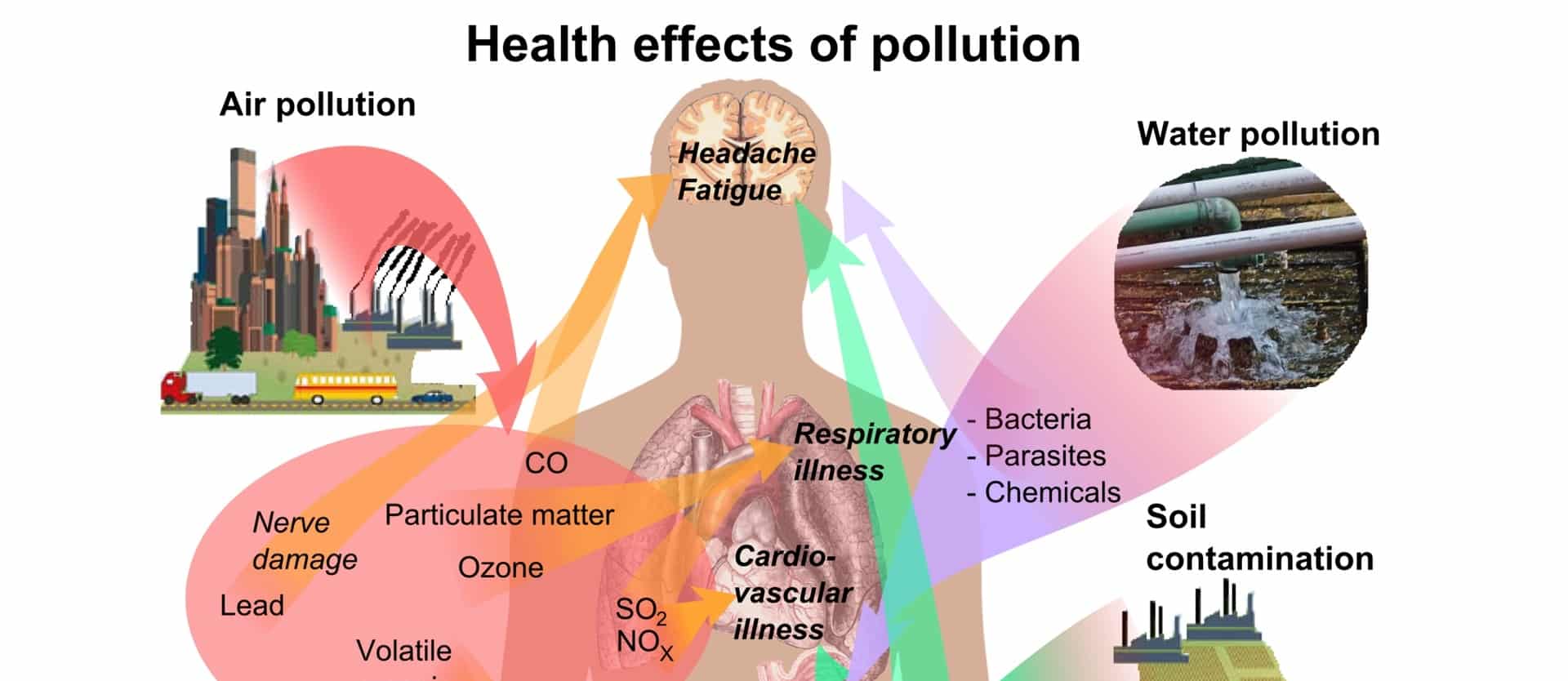 New Porsche models will make their world debut at the North American International Auto Show which will be held in Detroit in early 2016. The top-of-the-line 911 models, 911 Turbo and 911 Turbo S, have now with 15 kW (20 hp) more power, a sharper design and enhanced features. Since their launch, the models will be available in both coupe and convertible body.
New Porsche models will make their world debut at the North American International Auto Show which will be held in Detroit in early 2016. The top-of-the-line 911 models, 911 Turbo and 911 Turbo S, have now with 15 kW (20 hp) more power, a sharper design and enhanced features. Since their launch, the models will be available in both coupe and convertible body.
The 3.8 liter twin-turbo six-cylinder engine of the new 911 Turbo now has an output of 397 kW (540 hp). The increase in horsepower is achieved due to modified intake ports in the cylinder head, new fuel injectors and higher fuel pressure. 911 Turbo S now develops 427 kW (580 hp), thanks to new turbochargers with larger impeller. Porsche is still the only manufacturer to use turbochargers with variable turbine geometry in gasoline engines.
The engines are now equipped with a dynamic boost function, designed to improve throttle response during dynamic maneuvers. This function maintains the boost pressure during load changes – for example, when the accelerator pedal is released for a short while.
This is achieved by interrupting fuel injection, while the throttle valve remains open. As a result, the engine responds with no delay in pressing the gas / acceleration pedal again. The effects of this feature are particularly visible in the Sport and Sport Plus modes, rather than in the Normal mode.
The 911 Turbo S Coupé sprints from 0 to 100 km / h in only 2.9 seconds. The maximum speed of 330 km / h is 12 km / h higher than in previous models. The 911 Turbo reaches 100 km / h in 3.0 seconds and its top speed is 320 km / h – 5 km / h faster than the previous model. However, coupe models only consume 9.1 l / 100 km and convertible models 9.3 l / 100 km. These figures indicate a 0.6 liters per 100 kilometers lower consumption for all versions. The performance is due to the advanced electronic engine and transmission management, with revised gear change mappings.
A standard feature: Sport Chrono Package with mode switch directly from the steering wheel and Sport Response button
The new GT sport steering wheel – with a diameter of 360 mm and adopting a 918 Spyder design is equipped with a mode switch. It consists of a rotating ring with four positions for several modes: “Normal”, “Sport”, “Sport Plus” and “Individual”. The “Individual” setting allows the driver individual auto configuration of his own vehicle.
Another new feature of the Sport Chrono Package is the extra button “Sport Response button”, located in the center of the mode switch. Inspired by motorsport, at the touch of this button, the engine and gearbox are preconditioned to get the best response.
During this action, the vehicle can produce optimal acceleration for up to 20 seconds, required, for example in the case of overtaking maneuvers. An indicator on the instrument panel, as a timer, is signaling to the driver the elapsed time. The “Sport Response Button” can be used whenever desired, regardless of the selected driving mode.
The Porsche Stability Management (PSM) system in the 911 Turbo models now features a new setting: PSM Sport Mode. A simple press of the PSM button on the center console, puts the system in a PSM Sport Mode, a system that is independent of the selected driving mode. The PSM Sport mode, selected separately, modifies the intervention threshold of PSM system much more than was the case in Sport Plus mode on the previous model.
The new PSM Sport Mode allows the driver to achieve exceptional performances – for example, on a circuit. When this mode is active, the warning PSM lamp lights up, and a message on the instrument panel indicates that the PSM system has a limited contribution to vehicle stability. However, the PSM system remains active in the background, even in the PSM Sport mode. A long press of the PSM button completely deactivates the PSM system.
911 Turbo S has a full set of driving dynamic features
The chassis of the new 911 Turbo models with PASM standard function now offers a wider range of options between performance and comfort. In addition, the 911 Turbo S offers a full range of equipment for driving dynamic as: PDCC system is available as a standard option, as with the Porsche Composite Ceramic Brake (PCCB) system. New options for all 911 Turbo models include: radar-based lane change assist and a lift system for the front axle that can be used to increase ground clearance by 40 mm, at low speeds.
A contrasting, sharper design and new features
The new generation of 911 Turbo adopts significant design characteristics of the Carrera models, supplemented by typical 911 Turbo special features. The new front grille, designed with side air blades and narrow LED front lights, with double fillets, creates a muscular impression, supplemented by the fin in the central air intake.
From the side, all models are also fitted with new 20-inch wheels. The center lock wheels on the 911 Turbo S feature seven instead of ten double spokes. The 911 Turbo wheel dimensions are also different: 9 J x 20 at the front and 11.5 J x 20 at the rear; also, the new wheels of the 911 Turbo models are each half an inch wider. The wheels are now the same size as those of the 911 Turbo S model.
Door handles are redrawn, just like on the 911 Carrera models. The rear fascia was also improved. At a first meeting with the supercar, three-dimensional rear lights with four-point brake lights and aura-like illumination, familiar from the 911 Carrera series, catch the eye. Dual tailpipes and exhaust pipes have been redesigned. The new rear decklid grill was also designed and now consists of three parts: the right and left sections have longitudinal vent vanes, and the middle cover is separated in order to optimize optimum air circulation to the engine.
A connectivity and infotainment system: PCM with online navigation
With the change of model generation, the new infotainment system, PCM with online navigation, is found as standard option in the cockpit of new 911 Turbo models. This system features a multi-touch monitor with high-quality glass surface, which is perfectly integrated into the center console and offers numerous new and extended connectivity functions thanks to the standard Connect Plus module.
The navigation system can access in real time the latest traffic information. Routes and destinations can now be visualized with 360-degree images or satellite images. In addition, it’s possible to enter information using handwriting. Moreover, mobile phones and smartphones can be connected and integrated more quickly, easily and comprehensively, via Wi-Fi, Bluetooth, or cable.
Certain vehicle functions can now be controlled remotely as well. As in the previous models, the Bose sound system is offered as standard equipment; optionally the Burmester system can also be included.
Market launch
The new Porsche 911 Turbo models can be ordered starting with December 2015, and prices are without VAT:
911 Turbo: 153.742 €
911 Turbo Cabriolet: 165.082 €
911 Turbo S: 178.279 €
911 Turbo S Cabriolet: 189.619 €


